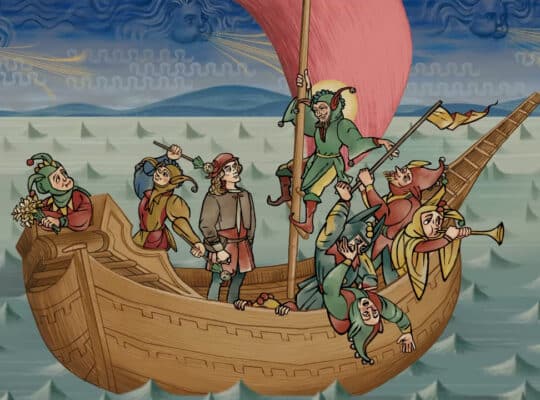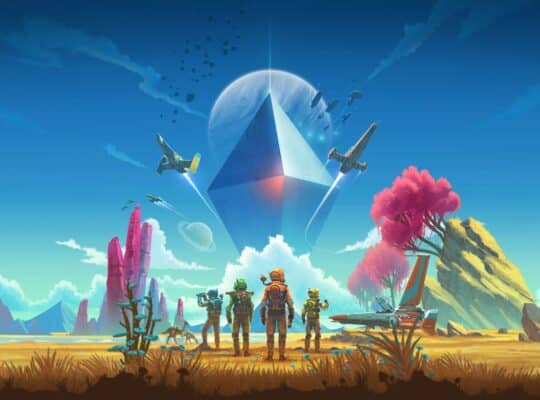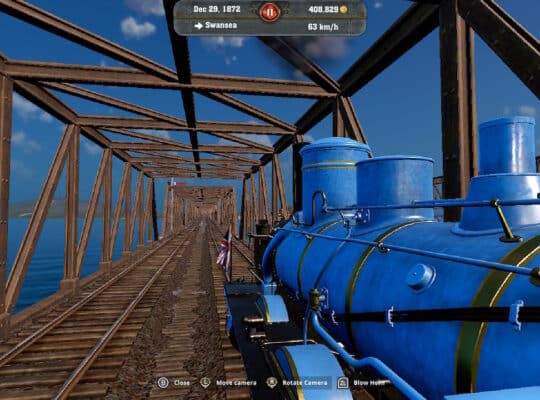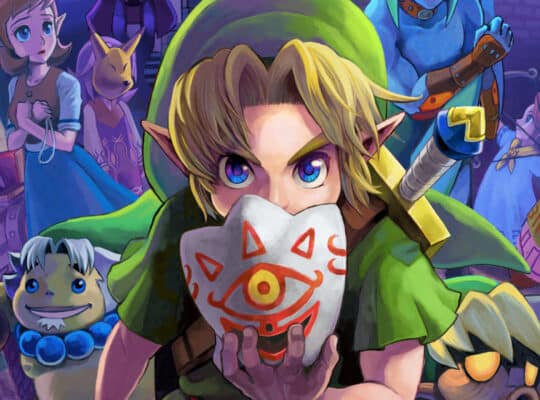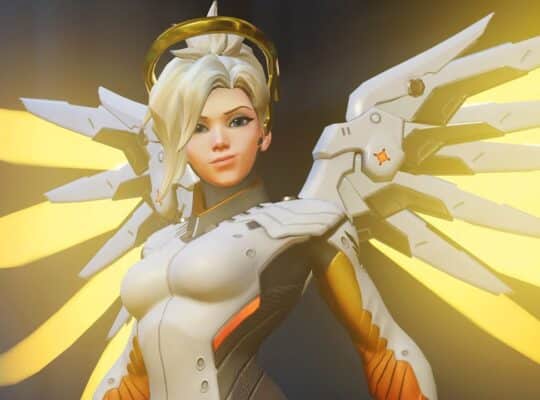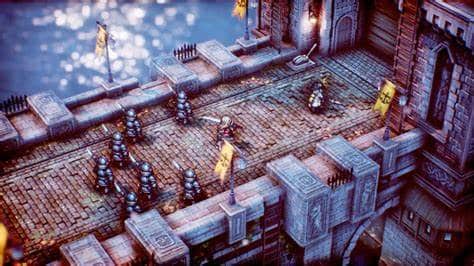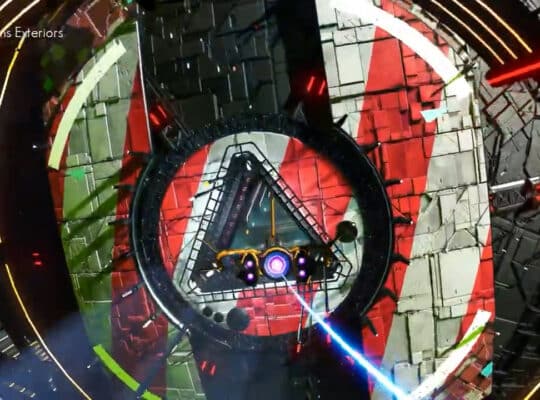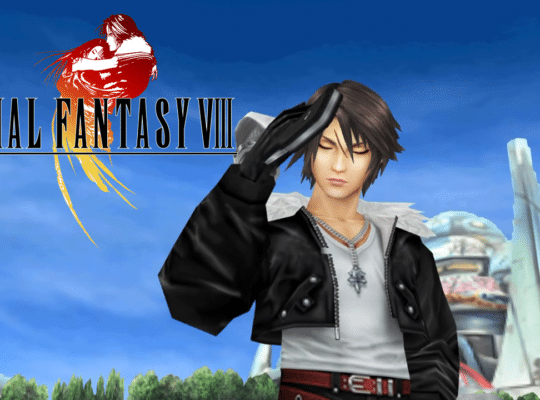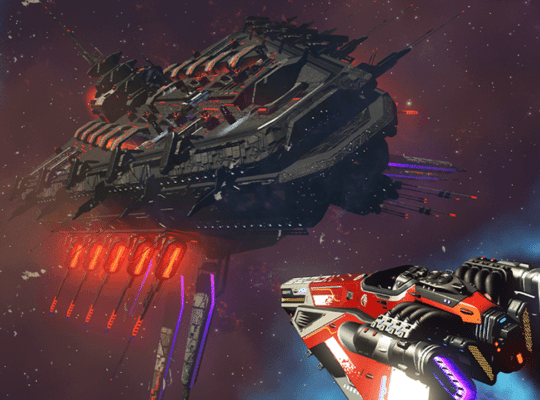What’s Overwatch 2 Like on Switch now?
To say Overwatch 2 has had a rather tumultuous launch would probably be the understatement of 2023. Blizzard flicked off the servers for Overwatch 1, promising PVE, Co-Op, and the classic PVP modes, justifying the free upgrade, only to cancel a lot of these features 6 months later, including the main upgrade feature of “Hero Mode.” Naturally, gamers didn’t respond well and Overwatch 2 became the lowest-rated game in Steam history on PC. Switch owners didn’t fare much better on launch, with ridiculous queues, leading to insane wait time to play, missing skins and progression not carrying over, and a lot of performance issues too. I know a lot of my friends abandoned Overwatch there. 14 months on, What’s it Like? Queue as Tank, Support, or DPS, and let’s take a look at the state of Overwatch 2 as we head into 2024.
Performance

To Blizzard’s credit, they have done an amazing job of porting the game to Handheld and optimizing it to its current state, which has content parity with all other platforms. I don’t usually do comparisons to other consoles since it always seems pointless comparing a 10-year-old console to the current-gen hardware, but Overwatch 2 holds up well against its newer counterparts. New character models seem to not be entirely optimized at the moment, with Mauga, the latest character to join Overwatch, needing a bit of work. It appears his Chaingun models aren’t stitched correctly, leaving gaps in the models. It is noticeable but still doesn’t detract from the game too much. Original characters fare much better, with models looking highly detailed even when compared to the Xbox Series X, and the framerate mostly keeps locked into 30 fps, with the exception of hectic moments where there are a lot of explosions, bullets, and special abilities flying about.

Depending on your SD card, you may also experience a longer load time on character skins. I run a 1 TB card which only has 100 MBS read/write, whereas smaller brand name cards like the Samsung Evo read at about 130 MBS. This issue can be resolved by copying it to the Switch’s internal memory on OLED, but may not be able to fit on the 32 gig internals of earlier Switch models.
There are no longer long queue times for matches, usually being ready to fight in under 3 minutes, leaving you with just enough time to check out some skins, there’s no difference in skins, modes, and season pass options between consoles of PC, although PC players have their own queue, they can join Switch players, opting to put Switch players in the PC queue which unfortunately puts you at a distinct disadvantage. I regularly play with Playstation and Xbox players and don’t generally have an issue keeping up, although when our PC friend joins, we are usually fodder for the other team. This could also just be a skill issue on our end. There are some horrendous queue times, almost reaching the 10-minute mark for limited events, which I’ll dive into further along, but I’m not sure if this is a Switch-related issue or game-wide. Let me know if you play on other platforms (particularly the Winterfest Arcade mode games.)

From a hardware and optimization perspective, Overwatch 2 on Switch is technically impressive with great visual fidelity.
With all of that out of the way, let’s take a look at what’s been added to the game since launch.
PVE Missions
Introducing the PVE Missions to Overwatch 2 was a breath of fresh air. Acting as a soft relaunch of the story, the 3 missions focussed on how Overwatch reformed, and delved deeper into a complex narrative, helping more casual players form connections with the many featured heroes. These missions feature some incredible set pieces that build tension, have you on the edge of your seat, and are exciting. I felt quite happy paying $23 for this experience, as the missions lasted about 45 minutes each and were replayable with different heroes, as well as unlocking some exclusive skins and rewards.

The PVE missions are superbly written, have great chatter and banter, and also bring gravitas to the current state of the world of Overwatch with some tense, and tragic moments. These missions are topped off with cinematics that build emotion and a connection to the player and teases something much larger to come. It delves into the motivation and reluctance of heroes while managing to convey hope when all seems lost. I hope to see more of these to build on the rich lore of the game.
Hero Mastery’
Hero Mastery are challenge maps aimed at helping players become experts with their chosen characters. I enjoyed these maps and while there are only a few limited heroes to choose from at the moment, more are being added in the near future. These are free and included in the game for all players. I found it helped shake the dust of my wings as Mercy, and also helped me work on switching to damage every so often so these maps certainly do work as intended.

New Heroes
A bunch of new heroes have joined the fray since launch. While you may have experienced the titular Sojourn and new favorite, Junker Queen, the Overwatch ranks have further been bolstered by Healer Kiriko, tank Ramattra, support class Lifeweaver, and recently added DPS Healer Illari. Each with their own unique playstyles, abilities, and weapons. There is also the current season addition of DPS/Tank Powerhouse, Mauga, a dual chaingun-wielding character with excellent crowd control and can hold his own even in the most dire situations.

New heroes can be purchased or earned on the battle pass. Overwatch 2 tiptoes on a tightrope of being free to play to almost pay to win. Experienced players voiced concerns about the balancing of new heroes in competitive play. “Velathelina,” A Gold Class competitor told What’s It Like “They just need to leave the new characters out of comp play for an entire season” shedding light on balancing issues and a pay to win concerns “Two weeks in and he’s in comp. He’s practically undefeatable and people can’t unlock him unless they pay for the battle pass.” It should be noted, the player can also earn new heroes by reaching level 45 of the free battle pass, which can be a bit of a time investment.
Events
Cycling into rotation are special events. Some we have seen before like the Bride of Junkenstien, or Kings Row, but Blizzard is adding new modes all the time, most recently the new Mauga-themed Battle of the Beasts, which saw players capturing pylons to heal their beasts while they duke it out in an arena. A lot of these modes are fun and mix it up, but there are some caveats, especially when it comes to queues.

I recently queued with a friend to experience the Winterfest modes, and some events were short, but some as mentioned earlier, got close to the 10-minute mark. Once we got a game, the round was over in a few minutes, forcing us to queue again instead of keeping us grouped up. These are the small issues that can chip away at your enthusiasm to play. Which brings me to my next topic…
How Free to Play is it?
The biggest issue I have with Overwatch 2, is that it limits the player with its Free-to-play model. The recent Winterfest event offers up 4 legendary skins, 2 of which are unobtainable without spending any money. The 2 legendary skins weigh in at 160 tickets, in which you can only obtain 120 tickets on the free pass (earning 10 every 9 matches, less if you win.) Opening it up for roughly 8 dollars, allows you to earn 40 tokens per 9 games, but even at this rate, a person may have to play just under 36 matches to unlock 1 Legendary skin. You can buy tickets in a pack costing $35 AUD which gives you enough tickets to unlock them all.

I feel like this is where Overwatch 2 will really divide gamers. Casual gamers may not have the time to invest, and budget-conscious gamers may not have the money, leaving only people with spare time or money to be able to unlock a lot of these skins. I understand that these are strictly cosmetic items, and they don’t impact gameplay, but it’s also nice to have nice things sometimes. You can earn some skins by purchasing the battle pass too.
You can buy a standard Battlepass which is ~$15 AUD, or the Premium Battlepass, usually locking some very exclusive skins behind a ~$60 AUD Paywall. Originally, the Battlepass was a grind with people estimating 80 hours of playtime to complete them. This has now been significantly improved with challenges, hero progression, and more generous XP rewards, meaning more players will reach the end of the Battlepass now.

So there you have the good, the bad, and the expensive for Overwatch 2 on Switch.
Do I recommend playing Overwatch 2? Absolutely! It’s great fun, especially with friends, and if those friends have access to PVE missions, there’s plenty to do to keep you going. Despite locking a lot of the good stuff behind the Battlepass paywall, there’s a lot of fun to be had across the game modes and occasional events. I have a group of friends and we all play cross-platform, using the in-game voice chat, and we regularly catch up online to talk about what is going on in our lives. It’s become almost like our bro-therapy, talking about the challenges of adulthood while playing some rounds. Do we take Overwatch 2 seriously and competitively? No. But do we win a lot and dominate the competition? Also No.
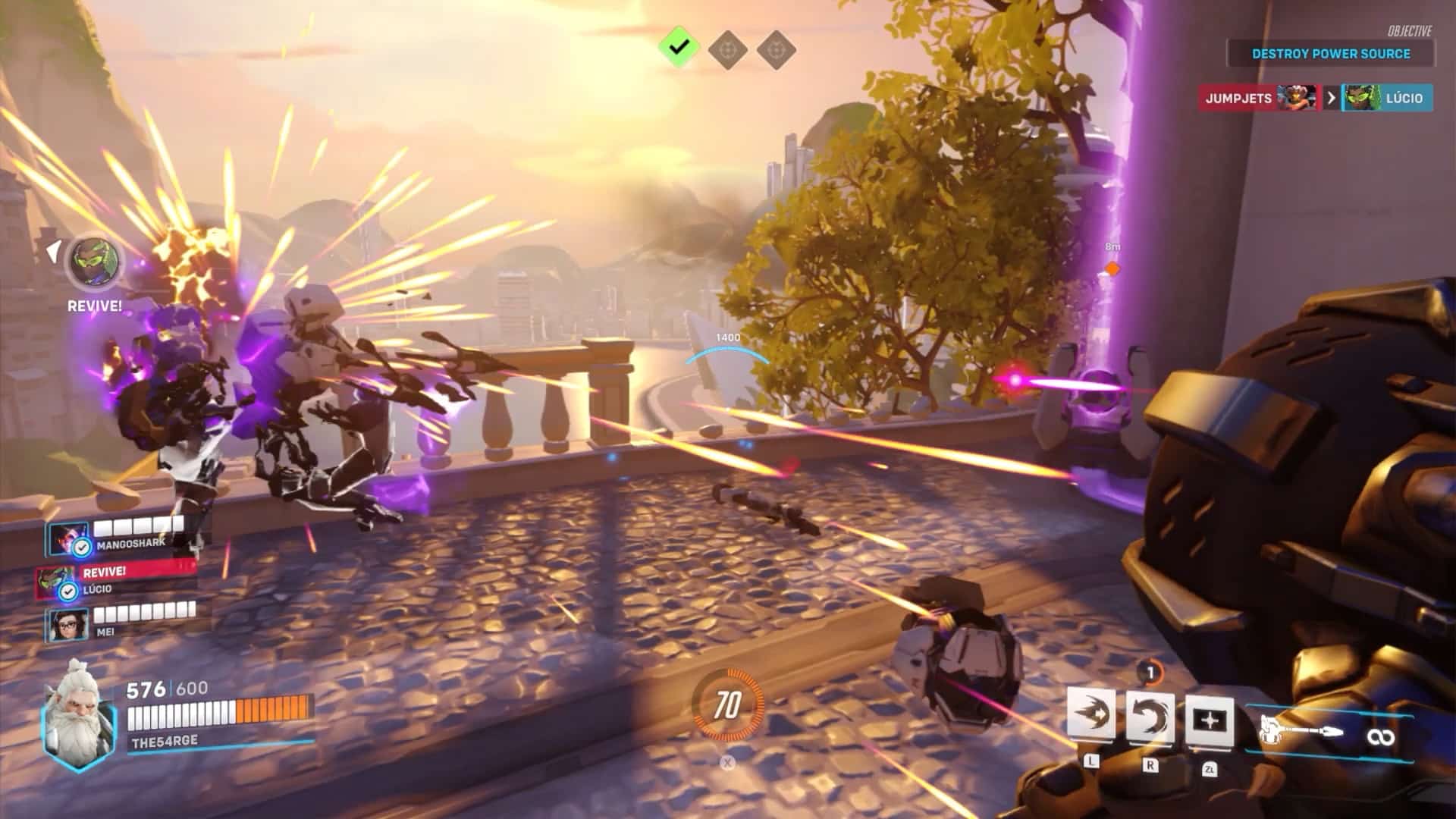
I would like to thank Blizzard ANZ for providing me with this Seasons Premium Battle Pass. While I appreciate it very much, it goes without saying that this doesn’t influence my opinions expressed in this article.

